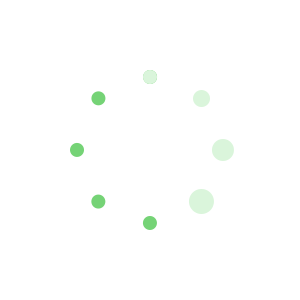(This passage is from a book published in 1960.)
When we consider great painters of the past, the study of art and the study of illusion cannot always be separated. By illusion I mean those contrivances of color, line, shape, and so forth (and so forth: 等等) that lead us to see marks on a flat surface as depicting three-dimensional objects in space. I must emphasize that I am not making a plea, disguised or otherwise (or otherwise: 或相反), for the exercise of illusionist tricks in painting today, although I am, in fact, rather critical of certain theories of non-representational art. But to argue over (argue over: 辩论[争论]某事) these theories would be to miss the point. That the discoveries and effects of representation that were the pride of earlier artists have become trivial today I would not deny for a moment (for a moment: 一会儿, 片刻). Yet I believe that we are in real danger of losing contact with past masters if we accept the fashionable doctrine that such matters never had anything to do with art. The very reason why the representation of nature can now be considered something commonplace should be of the greatest interest to art historians. Never before has there been an age when the visual image was so cheap in every sense of the word. We are surrounded and assailed by posters and advertisements, comics (a: COMIC STRIP b: COMIC BOOK c plural: the part of a newspaper devoted to comic strips) and magazine illustrations. We see aspects of reality represented on television, postage stamps, and food packages. Painting is taught in school and practiced as a pastime, and many modest amateurs have mastered tricks that would have looked like sheer magic to the fourteenth-century painter Giotto (Giotto: 乔托(Giotto di Bondone, 1266?-1337, 意大利画家、雕刻家、建筑师)). Even the crude colored renderings on a cereal box might have made Giotto’s contemporaries gasp. Perhaps there are people who conclude from this that the cereal box is superior to a Giotto; I do not. But I think that the victory and vulgarization (vulgarize: to diffuse generally: POPULARIZE) of representational skills create a problem for both art historians and critics.
In this connection (in this connection: 关于这一点, 就此而论) it is instructive to remember the Greek saying that to marvel is the beginning of knowledge and if we cease to marvel we may be in danger of ceasing to know. I believe we must restore our sense of wonder at the capacity to conjure up by forms, lines, shades, or colors those mysterious phantoms of visual reality we call “pictures.” Even comics and advertisements, rightly viewed, provide food for thought (food for thought: 精神食粮). Just as the study of poetry remains incomplete without an awareness of the language of prose, so, I believe, the study of art will be increasingly supplemented by inquiry into the “linguistics” of the visual image. The way the language of art refers to the visible world is both so obvious and so mysterious that it is still largely unknown except to artists, who use it as we use all language—without needing to know its grammar and semantics.
17. The author of the passage explicitly disagrees with which of the following statements’
(A) In modern society even nonartists can master techniques that great artists of the fourteenth century did not employ.
(B) The ability to represent a three-dimensional object on a flat surface has nothing to do with art.
(C) In modern society the victory of representational skills has created a problem for art critics.
(D) The way that artists are able to represent the visible world is an area that needs a great deal more study before it can be fully understood.
(E) Modern painters do not frequently make use of illusionist tricks in their work.
18. The author suggests which of the following about art historians?
(A) They do not believe that illusionist tricks have become trivial.
(B) They generally spend little time studying contemporary artists.
(C) They have not given enough consideration to how the representation of nature has become commonplace.
(D) They generally tend to argue about theories rather than address substantive issues.
(E) They are less likely than art critics to study comics or advertisements.



